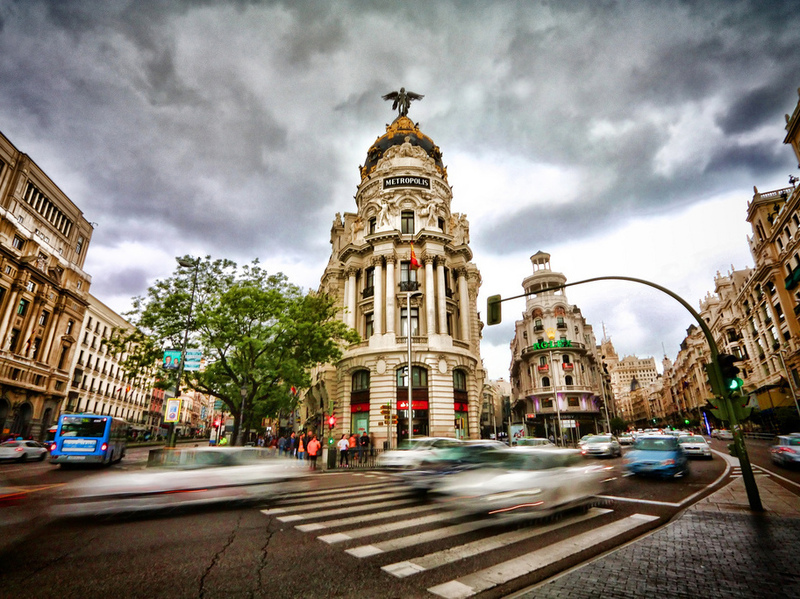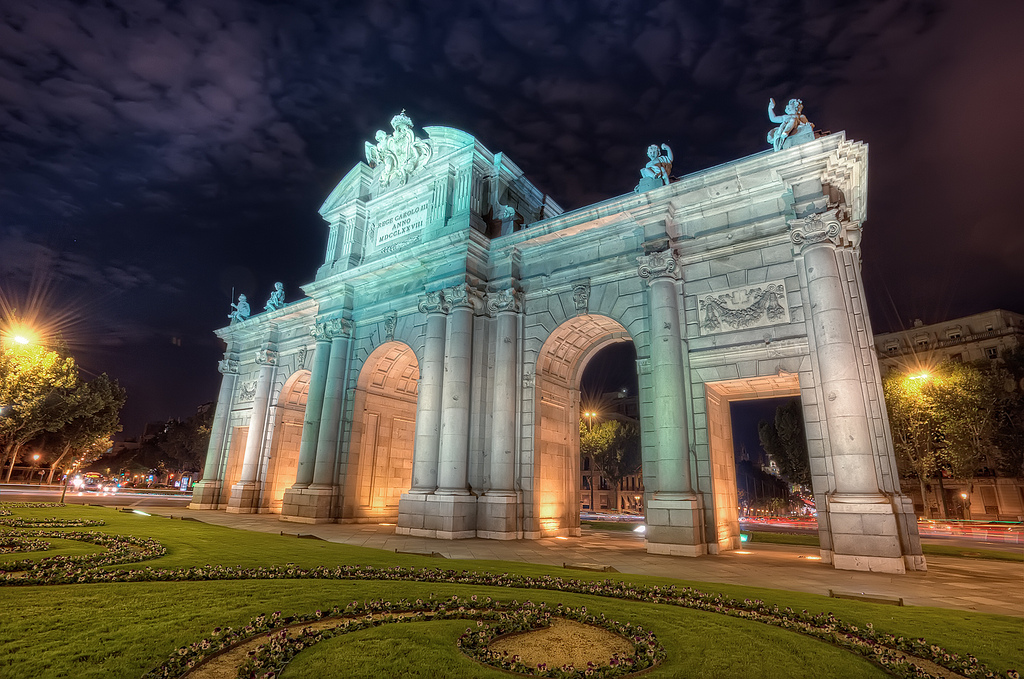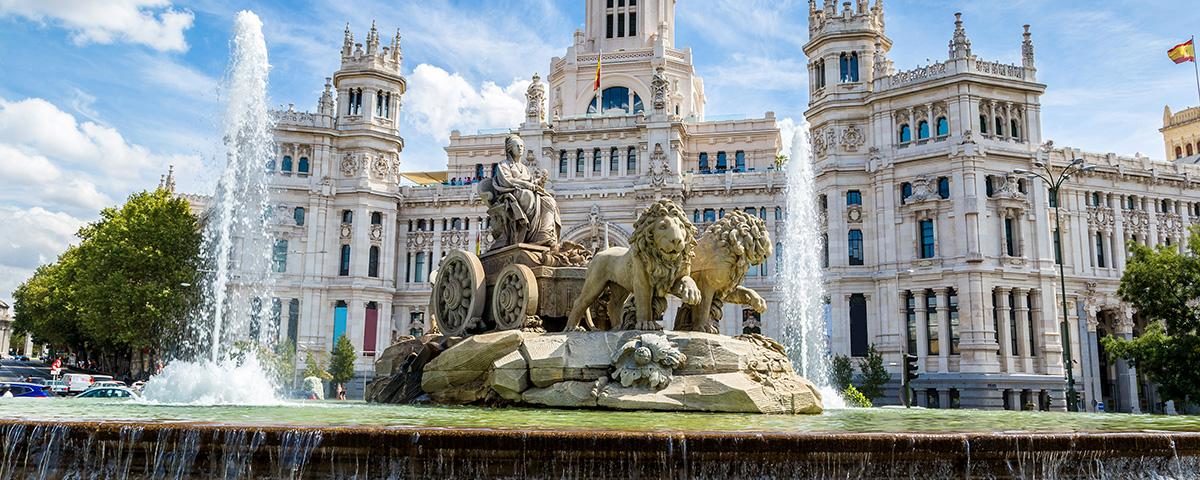One of the most beautiful cities, not only in Europe, but throughout the world, is considered to be the capital of Spain, Madrid. Winding streets, temples of different eras, unique Baroque buildings, interesting examples of architecture and much more attract tourists from all over the world. In Madrid, you can see with your own eyes the masterpieces of recognized world artists. After an informative tour, you should go to one of the family restaurants and enjoy your leisurely traditional dishes that will not only satisfy your hunger, but will also bring great pleasure and a lot of gastronomic impressions.
Unlike Barcelona, which is considered an open-air museum, Madrid is a modern metropolis, in which lush palace squares, medieval streets, modern modes of transport, vibrant metropolitan life organically intertwine. Picturesque parks and shops, night clubs and museums, all this and much more is the visiting card of the capital. Separately, it is necessary to mention the friendliness and hospitality of local residents, who make travel even more vivid and unforgettable.

Historians have found that the first hundred settlements in the Madrid area were founded more than 100 thousand years ago. The city itself in the broad sense of the word appeared much later. It is believed that the emir of Cordoba, Mohammed I, was the founder of Madrid, and the settlement itself was used as a defensive fortification. In 932 there was the first mention of the fortress Majirit, which was the prototype of modern Madrid.
The Spanish king Alfonso VI conquered the city in 1085. For about half a century, the history of the city depended on the relationship between Arabs and Spaniards, periodically declaring war and armistice. And only in 1561, Madrid was granted the status of the capital. From this period, its active development begins, which led to the fact that by the end of the 16th century the city had become quite large by the standards, and its population totaled about 50 thousand inhabitants. Pretty quickly this number doubled. And today, Madrid is one of the largest and fastest growing capitals in Europe.

Tourists are attracted to Madrid not only by history. Here you can just walk along the streets, studying the features of the organization of traffic and making purchases in shops and shops. Special attention should be paid to the square of the capital, the largest of which is the Callao Square. It was conceived as a symbol of the “city of the future” and was built in the 1920s. This is a vivid example of a mixture of a modern and noisy metropolis with classic architectural monuments in the art deco style. Initially, the square arose at the place where the confectionery shop was located, but later the business grew into a real business quarter with numerous shops, hotels, elite restaurants, large shops.
